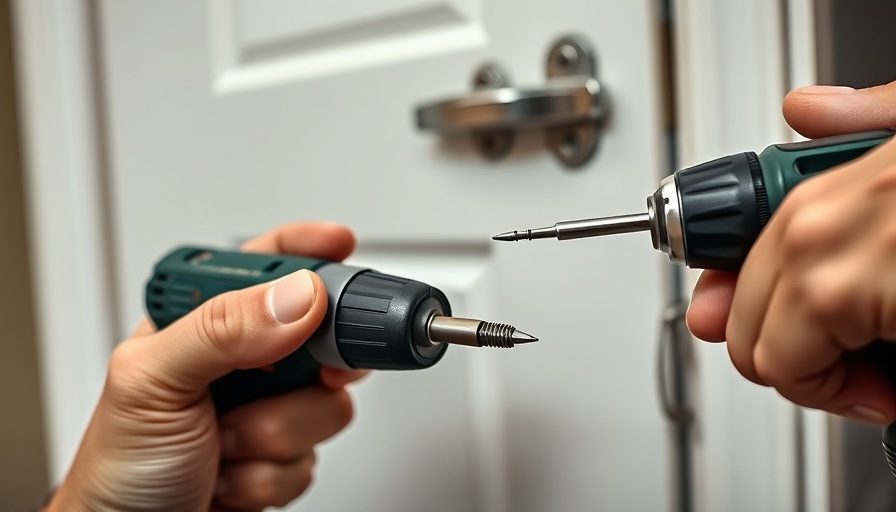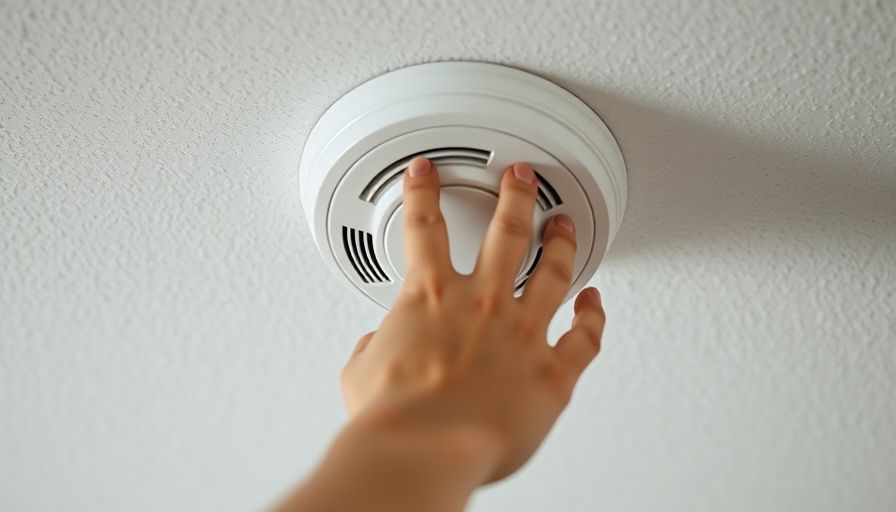
Mastering the Art of Screw Extraction
Screw extractors are invaluable tools designed to remove broken or damaged screws without causing further harm to the workpiece. These tools feature a reverse thread design, making them perfect for extracting screws that are stripped, rusted, or otherwise immobilized. In this guide, we’ll explore effective techniques for using a screw extractor and provide insights on why this tool can save you both time and frustration in your DIY projects.
Understanding Screw Extractors
A screw extractor resembles a screw with spiraled edges that turn counterclockwise. This design allows it to grip and remove screws with ease. When a screw’s head becomes stripped or if it breaks off, screw extractors come to the rescue, efficiently removing the problematic fastener while preserving the integrity of the surrounding material.
A Step-by-Step Guide to Using a Screw Extractor
1. **Select the Right Size:** Before starting, ensure you have a screw extractor that matches the size of the problematic screw. Extractors come in various sizes, so consulting a size chart can be beneficial to pick the right one.
2. **Drill a Pilot Hole:** Using a drill bit slightly smaller than the screw, create a pilot hole in the center of the damaged screw. This step is crucial, as a well-placed hole will enable the extractor to grip tightly.
3. **Insert the Extractor:** Next, insert the spiral end of the extractor into the pilot hole. Make sure to twist it counterclockwise, allowing it to grip the screw tightly as it penetrates deeper.
4. **Remove the Screw:** Once the extractor has engaged the screw, use a wrench to grip the top of the extractor. Twist it counterclockwise until the screw loosens and can be removed completely.
Preventing Common Issues
Stripped screws often arise from using the wrong-sized screwdriver or misaligning the tool during installation. To prevent these issues, always use the correct screwdriver type that matches the screw head, such as Phillips or Torx. Investing in high-quality screwdrivers can greatly reduce the chances of stripped heads.
Why You Should Use a Screw Extractor
The main access of screw extractors lies in their convenience and effectiveness. By using an extractor, you maintain the existing hole size without the hassle of drilling larger holes. This is especially beneficial when working with delicate materials.
Conclusion: Take Control of Your DIY Projects
Screw extractors are essential tools for anyone engaged in DIY projects or repairs. They save time and keep your work clean and professional. Don't let stripped or broken screws hinder your projects; equip yourself with a high-quality screw extractor kit and tackle those challenges like a pro!
 Add Row
Add Row  Add
Add 




Write A Comment